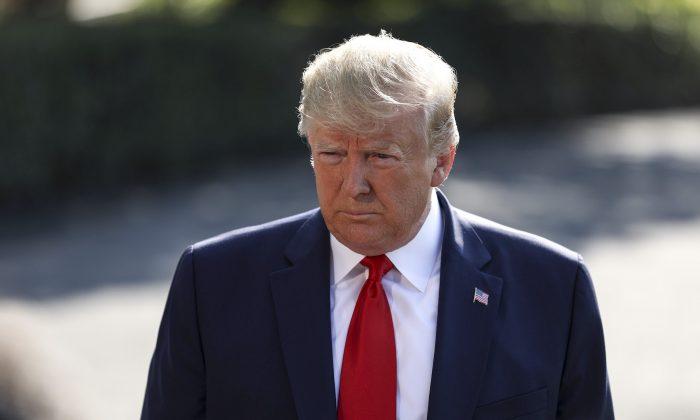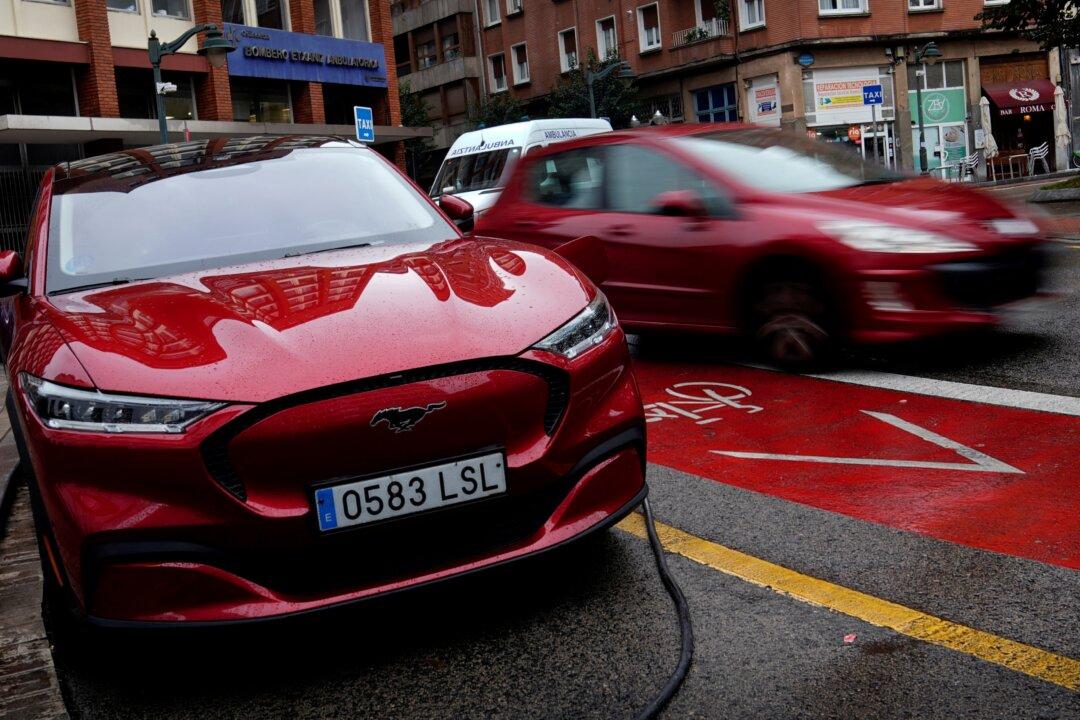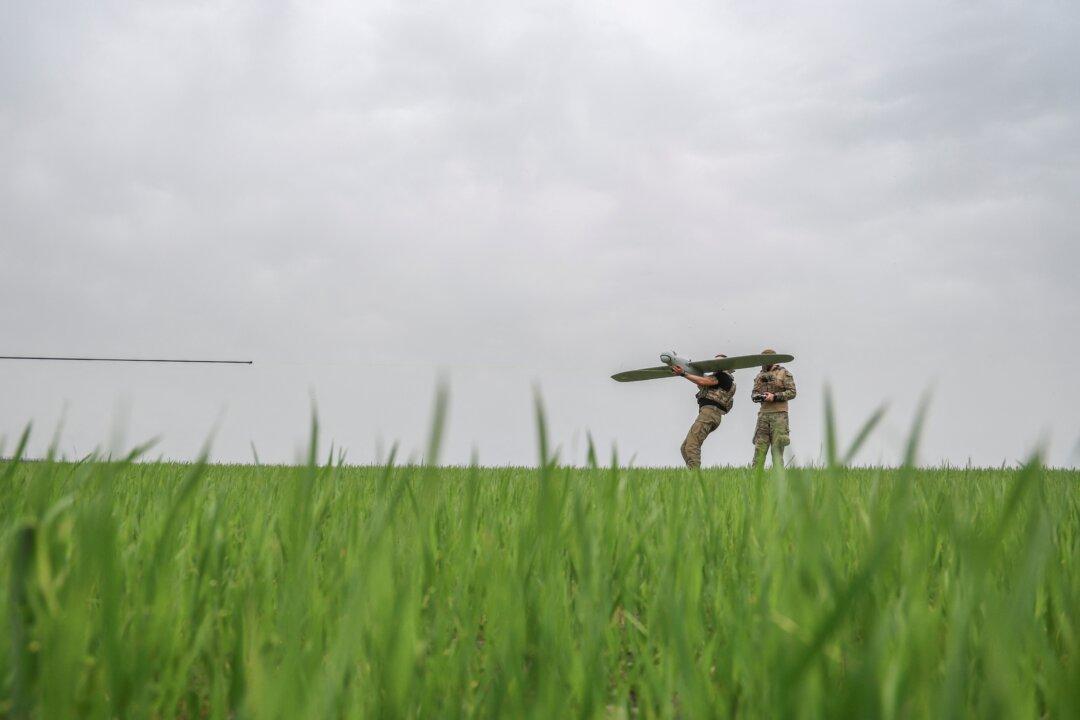U.S. President Donald Trump on Friday approved sending American troops to Saudi Arabia and the United Arab Emirates to bolster Saudi Arabia’s air and missile defenses after the largest-ever attack on the kingdom’s oil facilities, which Washington has blamed on Iran.
The Pentagon said the deployment would involve a moderate number of troops and would be primarily defensive in nature. It also detailed plans to expedite delivery of military equipment to both Saudi Arabia and the United Arab Emirates.
The Pentagon was considering sending anti-missile batteries, drones, and more fighter jets. The United States is also considering keeping an aircraft carrier in the region indefinitely.
“In response to the kingdom’s request, the president has approved the deployment of U.S. forces, which will be defensive in nature and primarily focused on air and missile defense,” U.S. Defense Secretary Mark Esper said at a news briefing.
“We will also work to accelerate the delivery of military equipment to the kingdom of Saudi Arabia and the UAE to enhance their ability to defend themselves.”
The Pentagon’s late Friday announcement appeared to close the door to any imminent decision to wage retaliatory strikes against Iran following the attack, which temporarily knocked out up to half of Saudi Arabia’s oil production capacity.
The United States sanctioned Iran’s central bank and sovereign fund on Sept. 20 in response to the drone strikes. Trump said he expected sanctions to work on Iran and that he preferred that strategy to military action.
“Because the easiest thing I could do, ‘Okay, go ahead. Knock out 15 different major things in Iran.’ ... But I’m not looking to do that if I can,” Trump told reporters at the White House.
But the deployment could further aggravate Iran, which has responded to previous U.S. troop deployments this year with apprehension. It denies responsibility for the attack on Saudi Arabia.
Iran has denied it was behind the attacks. Yemen’s Houthi movement, an ally of Iran battling a Western-backed, Saudi-led coalition, has claimed responsibility. But Gulf diplomats and regional officials say they are skeptical of the claim given the sophistication of the attacks.
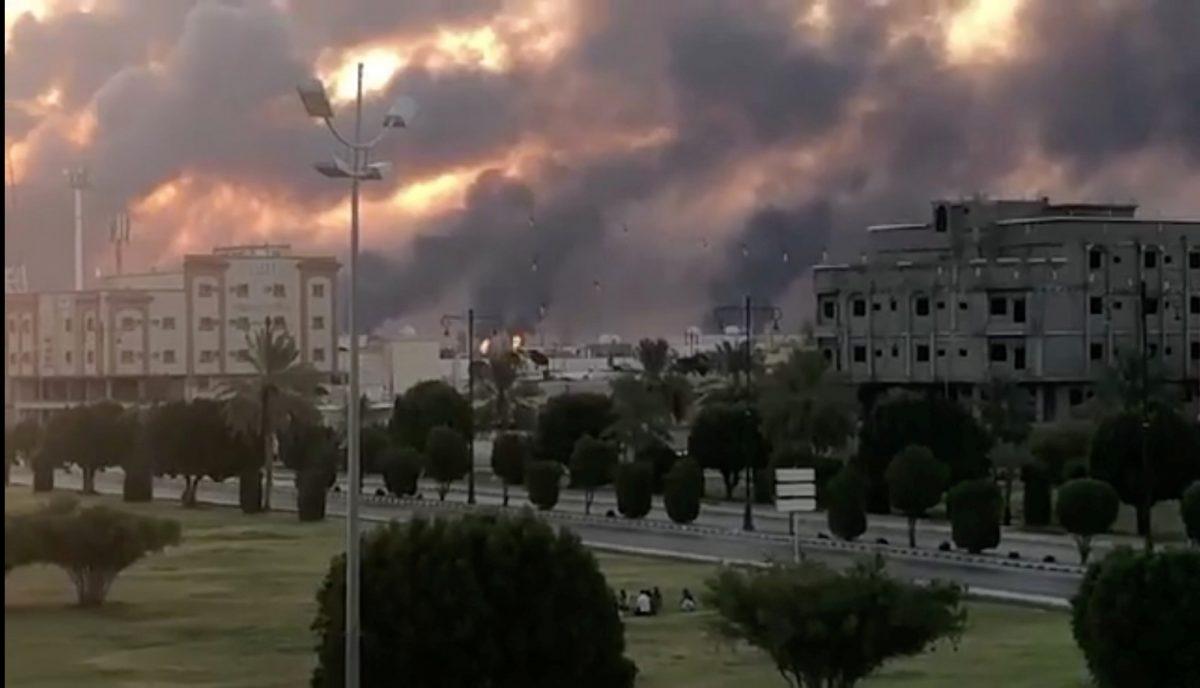
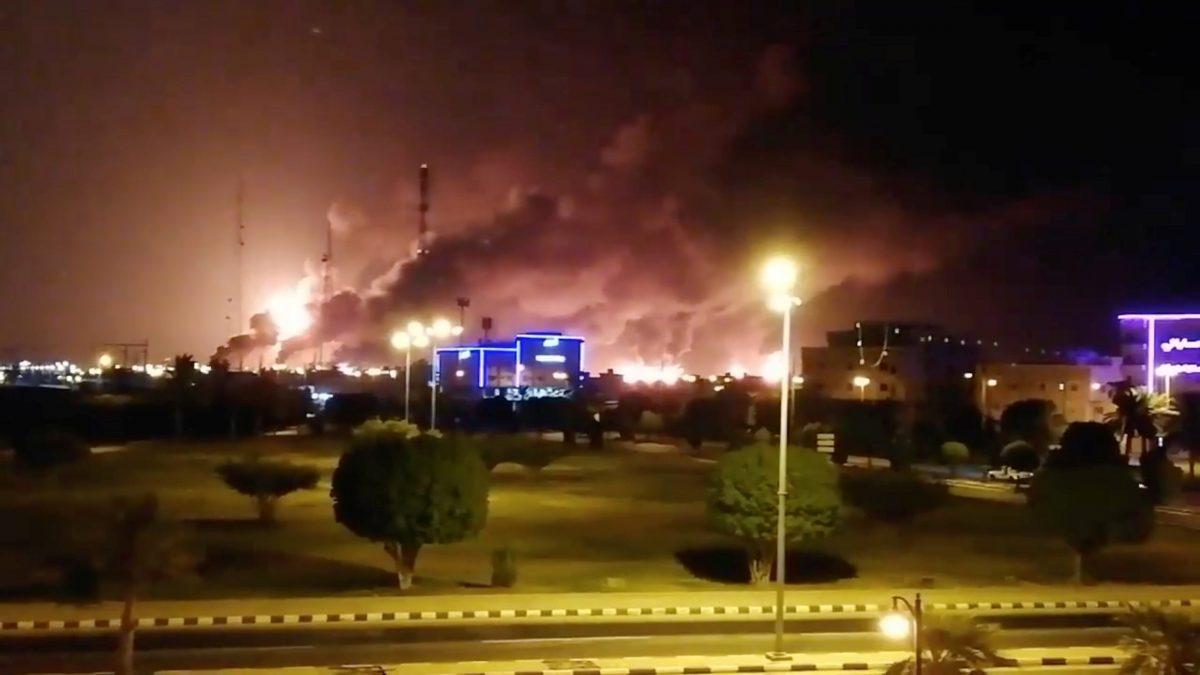
Attack Launched From Iran?
Relations between the United States and Iran have deteriorated sharply since Trump pulled out of the Iran nuclear accord last year and reimposed sanctions on its oil exports.For months, Iranian officials issued veiled threats, saying that if Tehran were blocked from exporting oil, other countries would not be able to do so either.
U.S. officials, speaking on condition of anonymity, have fingered southwest Iran as the staging ground for the attack, an assessment based at least in part on still-classified imagery showing Iran appearing to prepare an aerial strike.
They have dismissed Houthi claims that the attacks originated in Yemen.
One of the officials told Reuters the strike may have been authorized by Iran’s Supreme Leader Ayatollah Ali Khamenei.
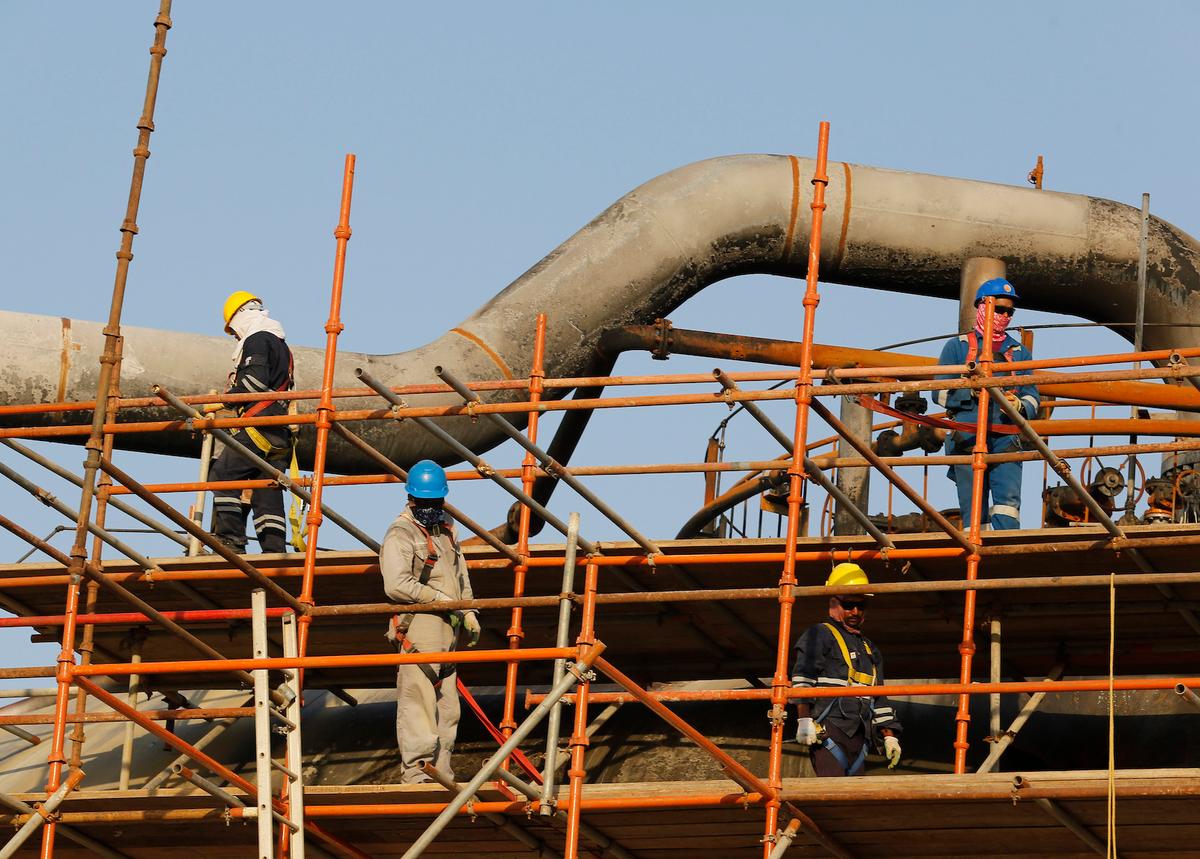
The United States is wary of getting dragged into another conflict in the Middle East. It has troops positioned in Syria and Iraq, two countries where Iranian influence is strong and Iran-backed forces operate openly.
Saudi Arabia has said it was attacked by a total of 25 drones and missiles, including Iranian Delta Wing unmanned aerial vehicles (UAV) and “Ya Ali” cruise missiles.
U.S. Marine General Joseph Dunford, chairman of the Joint Chiefs of Staff, said officials were still hammering out the best array of capabilities to defend Saudi Arabia, noting the difficulty combating a swarm of drones.
“No single system is going to be able to defend against a threat like that, but a layered system of defensive capabilities would mitigate the risk of swarms of drones or other attacks that may come from Iran,” Dunford said.
